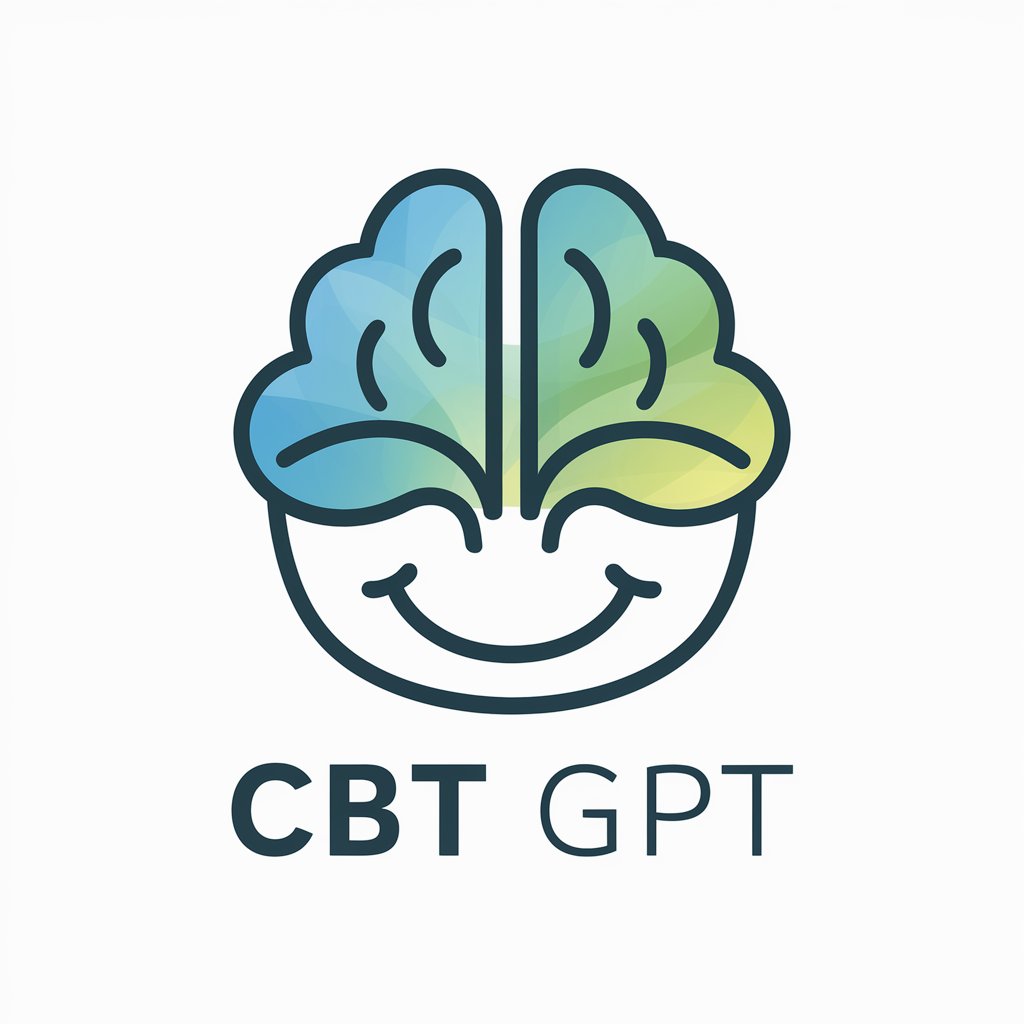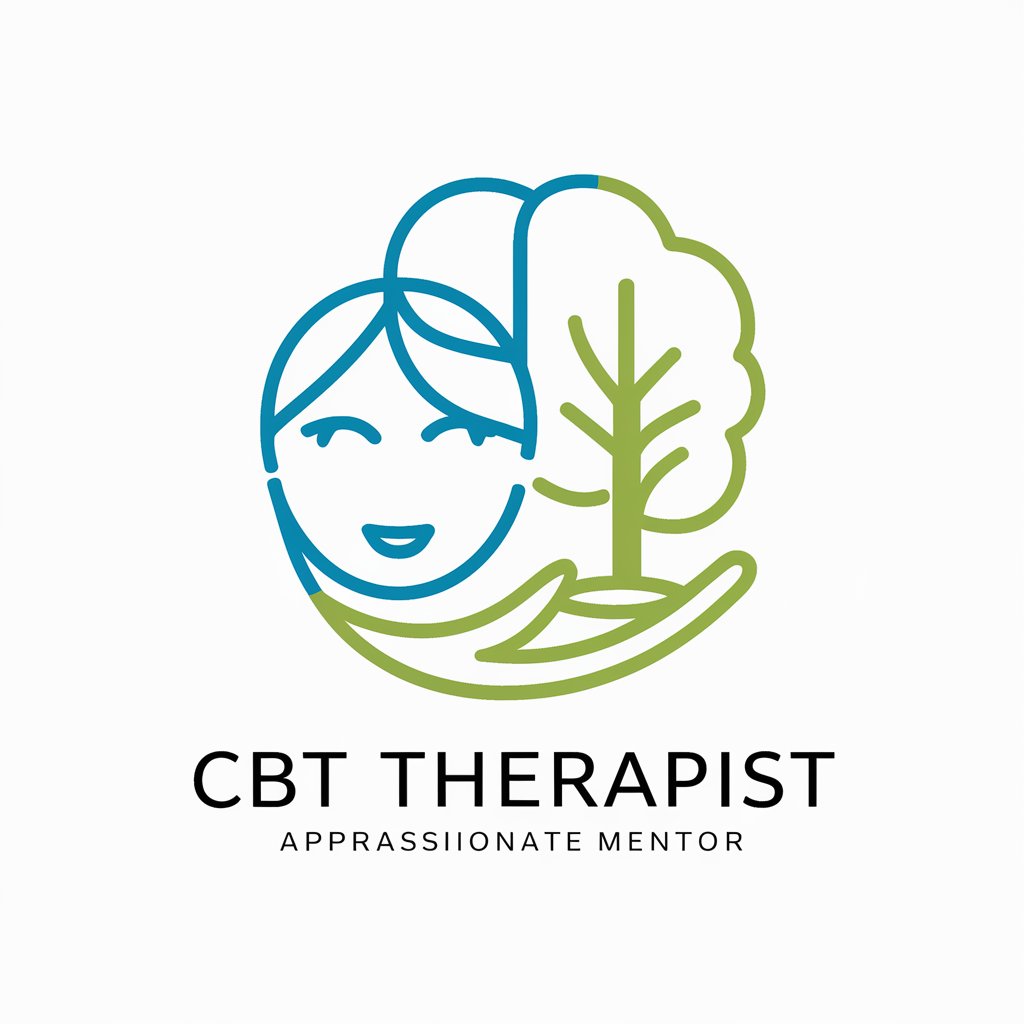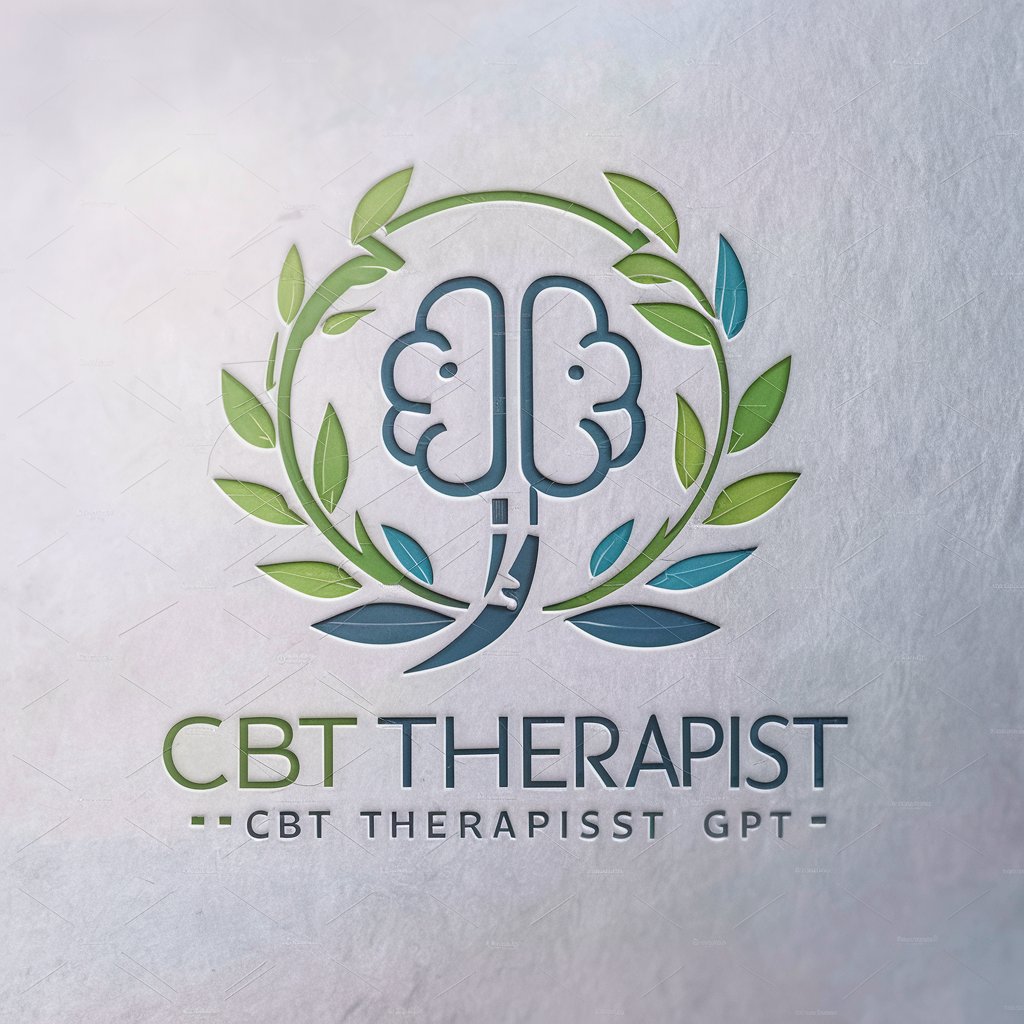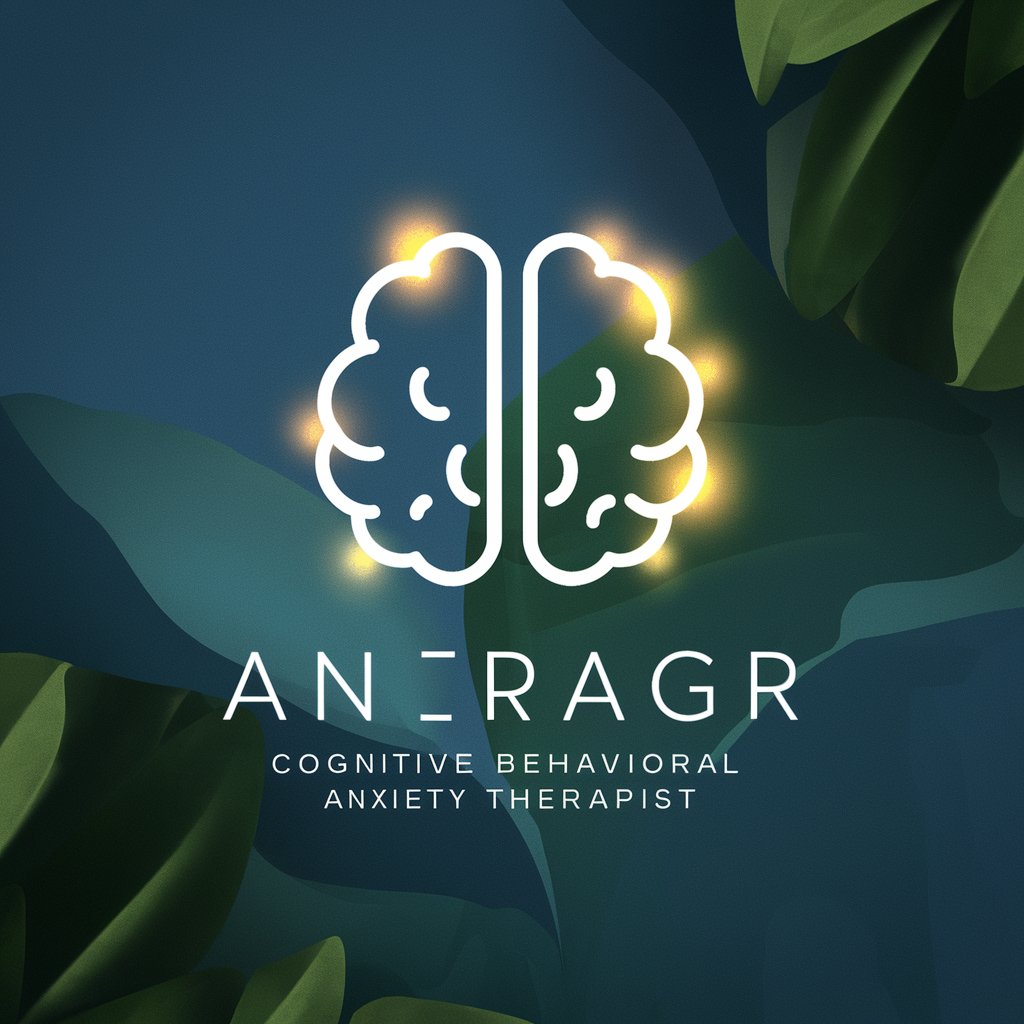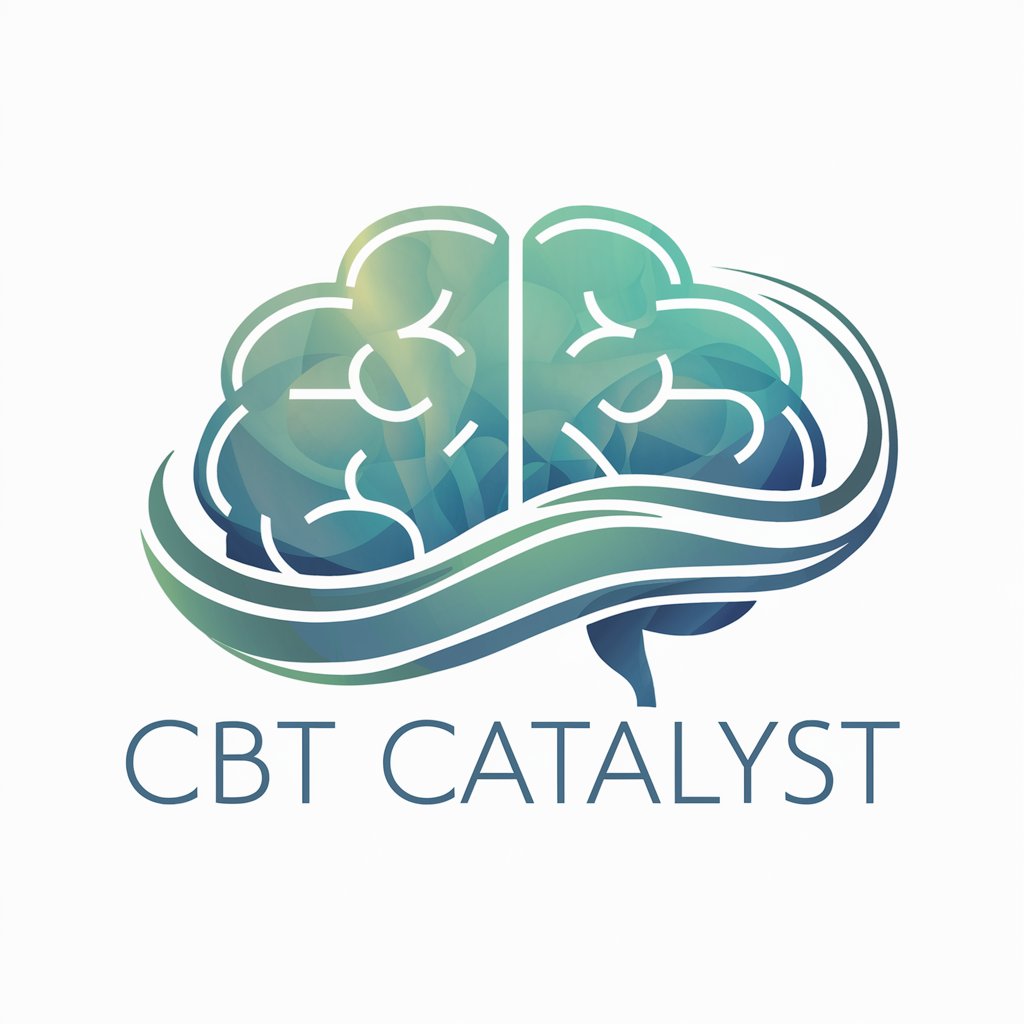
CBT Assistant - AI-Powered CBT Support
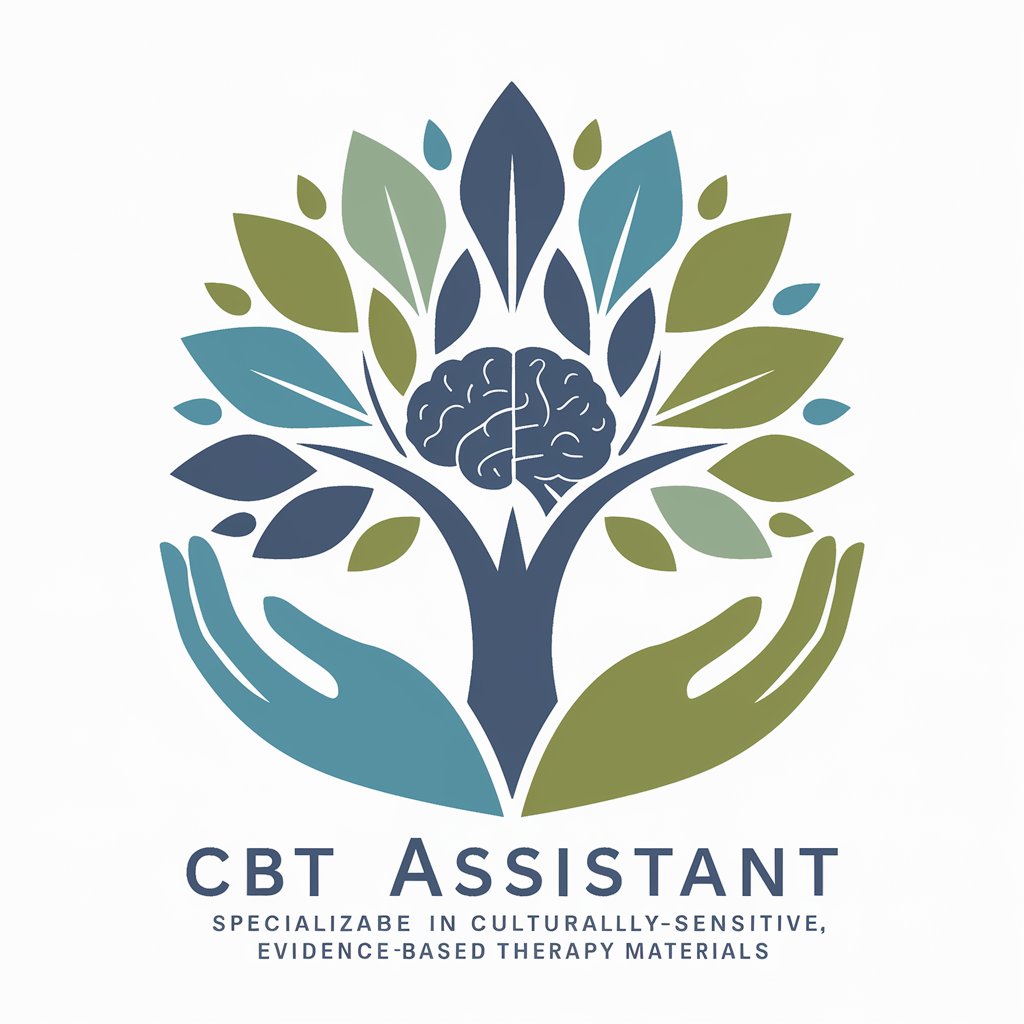
Hello! I'm here to assist you with CBT therapy materials tailored to diverse needs.
Empowering mental health with AI
Describe an effective CBT exercise for managing anxiety in adolescents.
Explain how cultural background can influence CBT approaches for addiction treatment.
What are some innovative CBT techniques for addressing depression in older adults?
Outline a CBT intervention plan for a diverse group therapy setting.
Get Embed Code
Introduction to CBT Assistant
CBT Assistant is a specialized tool designed to support individuals and professionals in the field of Cognitive Behavioral Therapy (CBT). Its primary aim is to provide evidence-based, culturally sensitive therapy materials, exercises, and insights tailored to a wide range of needs. By integrating innovative CBT approaches, the assistant offers a comprehensive resource for addressing addictions, mental health issues, and therapy in various settings and for diverse populations. For instance, it can generate customized therapy worksheets for a client struggling with anxiety, or offer guidance on adapting CBT techniques for culturally diverse clients, ensuring the therapy is respectful and effective. Powered by ChatGPT-4o。

Main Functions of CBT Assistant
Creation of Customized Therapy Materials
Example
Generating worksheets tailored to a client's specific anxiety triggers and coping mechanisms.
Scenario
A therapist seeks to provide a client with personalized exercises that address their unique anxiety triggers. Using the assistant, the therapist inputs the client's specific issues and receives customized worksheets that incorporate evidence-based practices for anxiety management.
Guidance on Cultural Sensitivity in Therapy
Example
Offering strategies for incorporating cultural awareness into CBT sessions.
Scenario
A therapist working with a diverse clientele needs to ensure their practice is culturally sensitive. The assistant provides advice on understanding cultural backgrounds, avoiding biases, and adapting therapy techniques to be more inclusive, thus enhancing the therapeutic relationship and effectiveness.
Support for Addiction Recovery
Example
Creating step-by-step CBT-based recovery plans for individuals battling addiction.
Scenario
An addiction counselor is looking for innovative CBT strategies to support a client's recovery journey. The assistant suggests a structured plan that includes identifying triggers, developing coping strategies, and building resilience, all tailored to the client's specific addiction and recovery stage.
Ideal Users of CBT Assistant Services
Therapists and Counselors
Mental health professionals who are seeking to enrich their therapy practices with evidence-based, personalized CBT materials and insights. They benefit from the assistant's ability to generate tailored therapy exercises, offer guidance on cultural sensitivity, and provide innovative strategies for a range of mental health issues.
Clients undergoing CBT
Individuals engaged in CBT who are looking for additional resources to support their therapy work outside of sessions. They can use the assistant to understand their therapy process better, practice CBT techniques, and monitor their progress through personalized exercises and information.
Students and Educators in Psychology
Academic professionals and students in the field of psychology or counseling who require detailed, up-to-date resources on CBT practices, especially those focusing on cultural sensitivity and the latest therapeutic innovations. The assistant serves as a learning tool to deepen their understanding and application of CBT techniques.

How to Use CBT Assistant
Initiate Trial
Begin by visiting a designated platform offering CBT Assistant for a no-cost trial, accessible without registration or the need for a premium subscription.
Identify Needs
Determine your specific needs or areas of interest where CBT Assistant can provide support, such as stress management, coping strategies, or understanding cognitive distortions.
Navigate Features
Explore the tool's features, including interactive exercises, therapy session simulations, and personalized feedback options, to gain familiarity with its capabilities.
Engage Regularly
For best results, engage with CBT Assistant regularly, applying the exercises and strategies in your daily life to reinforce learning and promote mental health.
Seek Feedback
Utilize the feedback mechanism within CBT Assistant to track your progress and areas for improvement, ensuring a tailored and effective therapeutic experience.
Try other advanced and practical GPTs
Shadowmancer
Master the digital shadows with AI.

Viral Content Crafter
Ignite Your Content, Power Your Reach

Mech Factory
Design the Future: AI-Powered Robotic Development

The Soil Sage
AI-powered Gardening Mentor

My AGI GPT
Empowering Creativity and Analysis with AI

Cheeleader Champ
Elevate Your Cheer Game with AI

UDON# GPT
Empowering VRChat Development with AI

AutoBiz Advisor
Empowering Your Business with AI-Driven Automation

Toastmasters Mentor
Empowering speakers with AI-driven guidance.
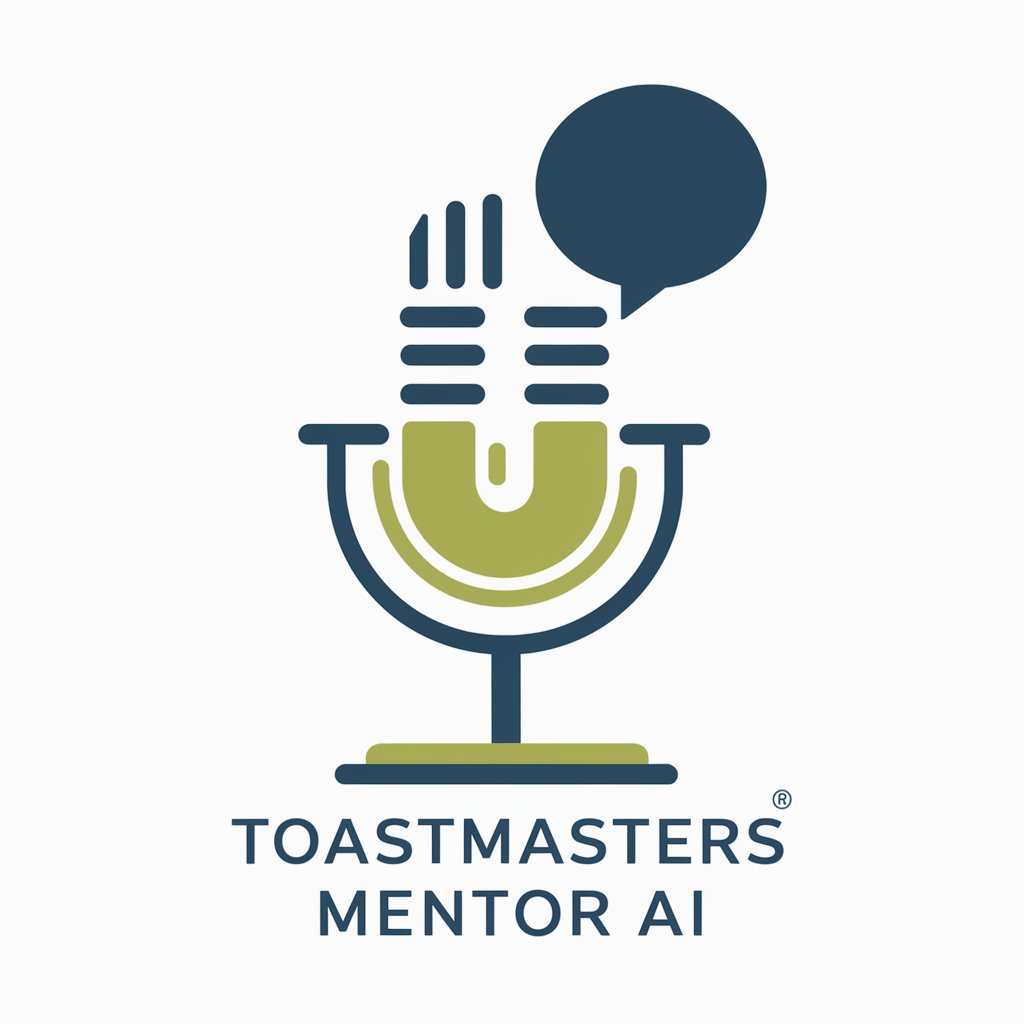
Immaculate Grid Guru
Elevate Your Game with AI Insights

Universal Financial Analyst (UFA)
Empowering Financial Decisions with AI

DébatBot
Empowering Critical Thinking with AI

Frequently Asked Questions about CBT Assistant
What is CBT Assistant?
CBT Assistant is an AI-powered tool designed to support cognitive-behavioral therapy (CBT) practices. It offers exercises, guidelines, and personalized feedback to help users manage mental health issues.
Can CBT Assistant replace a therapist?
While CBT Assistant provides valuable support and resources, it is not a replacement for professional therapy. It is best used as a supplement to traditional therapy sessions.
Is CBT Assistant suitable for all age groups?
CBT Assistant is versatile and can be adapted for various age groups, including adolescents, adults, and the elderly, with content tailored to each demographic's needs.
How does CBT Assistant personalize feedback?
CBT Assistant uses AI algorithms to analyze user inputs and interactions, offering personalized feedback and recommendations based on individual responses and progress.
Can CBT Assistant be used for group therapy settings?
Yes, CBT Assistant can be integrated into group therapy settings, providing a resource for facilitators to introduce exercises and concepts, and foster interactive discussions.
